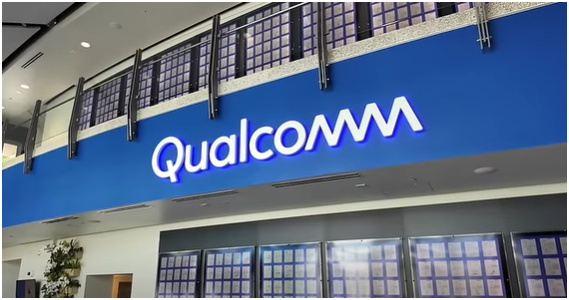The Current Perception of AI
When you hear the words “artificial intelligence,” what comes to mind? Massive data centers? Tens of thousands of GPUs consuming more energy than some countries? This perception is not far from the truth, as recent headlines are dominated by leading tech companies’ substantial investments in cloud server farms. However, there is a better way forward for AI, and it involves a shift towards edge computing, which promises enhanced privacy, security, reduced latency, and lower costs.
Qualcomm’s Vision for AI
Qualcomm, renowned for its high-performance mobile chips, is at the forefront of this transition. At their recent AI event, Qualcomm shared their vision for the future of AI, aligning closely with the growing sentiment among AI enthusiasts about running AI on personal devices.
The Shift to Edge Computing
The core idea is to push AI computing to edge devices, such as smartphones, laptops, and even cars. This transition means that instead of relying on distant cloud servers, your AI can operate directly on your device. This shift brings several benefits: improved privacy, enhanced security, reduced costs, and faster response times.
Qualcomm’s Technological Advancements
Qualcomm’s dedication to this vision is evident in their latest chips, which are optimized for running large language models and other AI applications efficiently. These chips, designed for edge devices, are powerful, fast, and energy-efficient.
Smaller, More Powerful AI Models
Currently, models like ChatGPT dominate the AI landscape, but this is set to change. AI models are becoming more powerful while also being compressed to run efficiently on mobile devices. This means that tasks previously sent to cloud servers can now be processed locally on your device, saving energy and improving performance.
The Role of Orchestration Layers
One of the most exciting advancements is the development of orchestration layers like Route LLM. This technology determines which prompts can be handled by smaller, local models and which need the power of larger, cloud-based models. According to recent research, 90% of AI tasks can be managed by smaller models, reducing the reliance on more expensive, energy-intensive solutions.
Demos and Real-world Applications
At Qualcomm’s AI event, several impressive demos showcased AI running on edge devices. For instance, the LM Studio now works on Qualcomm chips, allowing open-source models to run locally. They also demonstrated AI applications in cars, from infotainment systems to AI agents performing tasks on behalf of the driver, all powered by Qualcomm chips.
Snapdragon 8 Gen 3: A Game Changer
Additionally, Qualcomm’s Snapdragon 8 Gen 3 chip is driving AI features in devices like the Galaxy S24 Ultra. Features such as real-time language translation during calls and AI-enhanced photo processing are now handled on-device, demonstrating the practical applications of edge AI.
The Paradigm Shift in AI Interaction
This shift towards edge AI is not just a technological evolution but a paradigm shift in how we interact with artificial intelligence. By leveraging the power of edge devices, we are moving towards a future where AI is more accessible, efficient, and integrated into our daily lives.
For more insights into this transformative technology, check out Matthew Berman’s YouTube Channel and explore Qualcomm’s AI Hub.
Conclusion
Qualcomm’s commitment to this future is paving the way for a new era of AI, where the technology works seamlessly on our personal devices, offering unprecedented levels of convenience and functionality. As these innovations continue to evolve, the possibilities for AI are boundless, promising a future where AI is more integrated and beneficial than ever before.







